Lincoln Park is 37 acres of space along Miller Creek in Duluth’s west end. Today, the park includes a playground, picnic pavilion and tables, barbecue grills, and more. But when it first opened in 1896, it was a much more natural space.
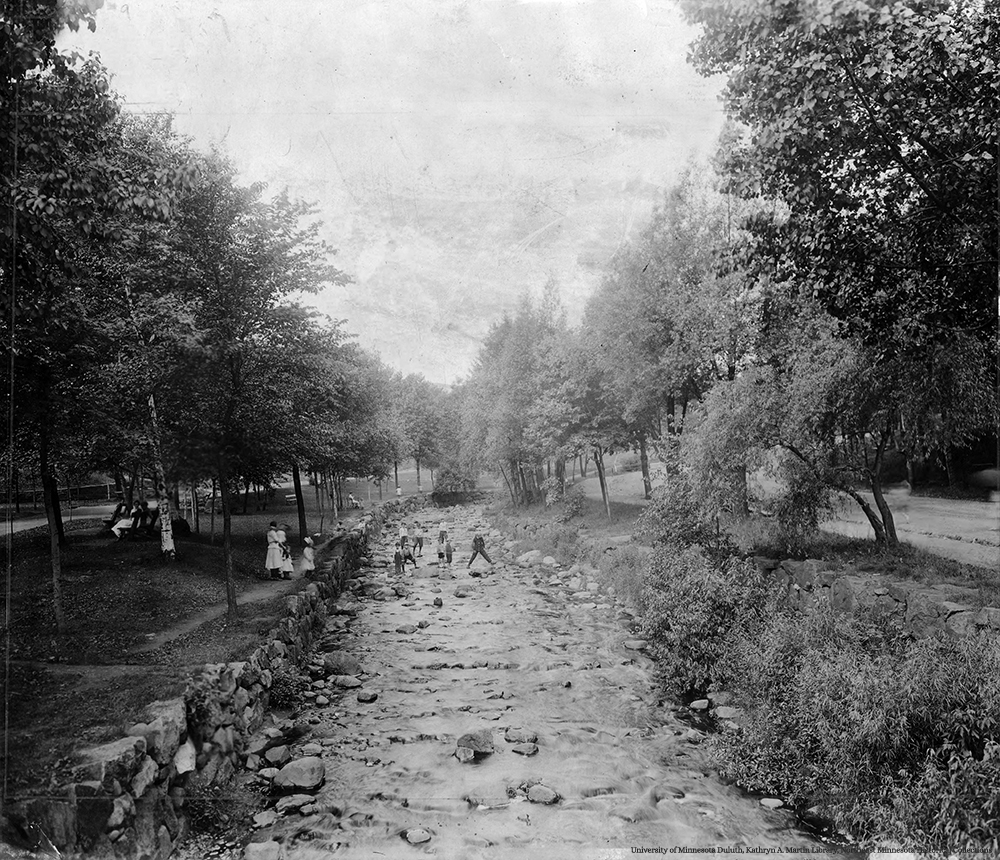
A Park Springs To Life
The Duluth Park Board began purchasing land to create Lincoln Park in 1889. It included the site of an old unused mill along the creek. Wouldn’t it have been cool if they kept the mill and kept it in the park? Unfortunately, it was all removed.
When the park was dedicated on July 4, 1896, visitors found the park to be a wonderfully tranquil place with lots of natural beauty. They walked along the rocky bank of Miller Creek and played in its cool, shallow water.
The park was popular in the winter, too. Visitors could dust off their cross-country skis and follow the creek up and back for a bit of adventure. Others found ice skating to be more their speed. A toboggan run and ski jump were added to the park for a few years to the delight of the neighborhood daredevils.
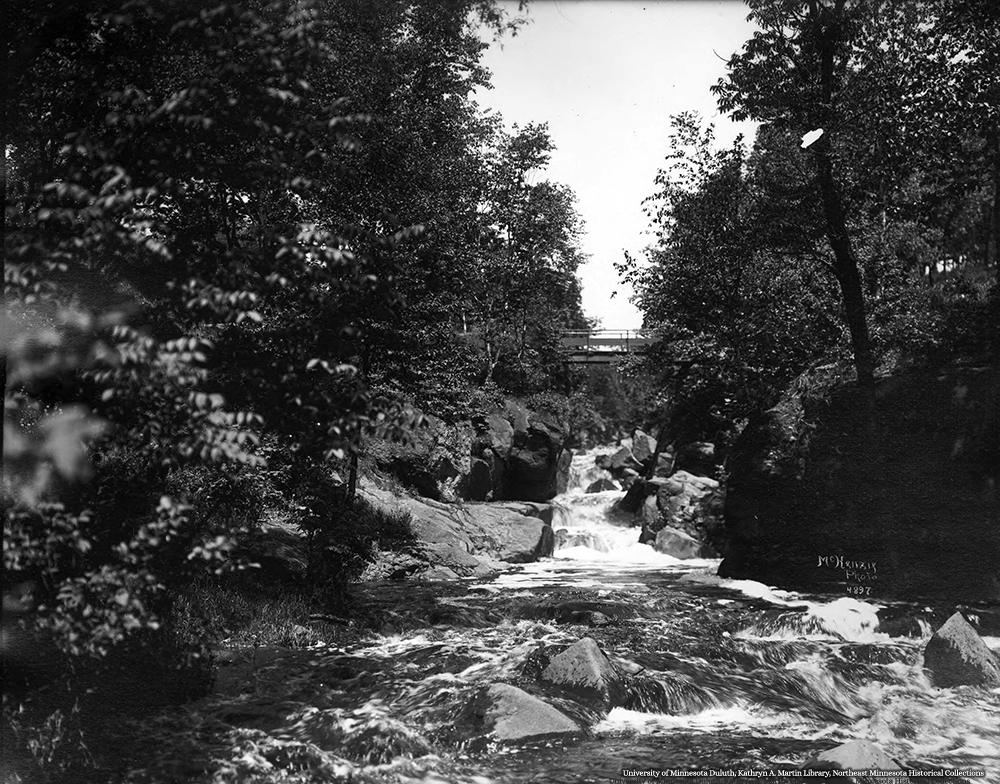
Duluth’s First Playground
A few improvements to the park came after the turn of the twentieth century. A wooden pavilion was built, an artificial lake and a wading pool were created, and a decorative fountain was added. Then, in 1908, the park’s most talked about improvements opened. Duluth’s first public playground. It was pretty simple – just swings and some sandpits – but the kids loved it.
Children waited in line for their turn on the swings, sometimes for the better part of the day. Two adult stewards kept an eye on the children during the park’s open hours. It was a test to see if playground equipment in parks would be worth the money for the park board to include. It was and other parks in the city started getting playground equipment. But the swings were removed from Lincoln Park that winter and didn’t return for several years.
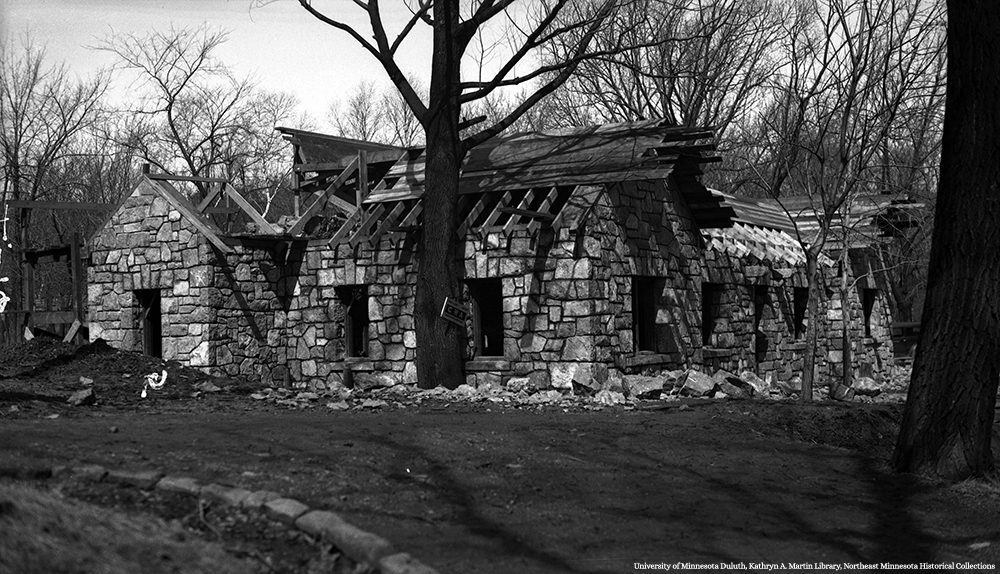

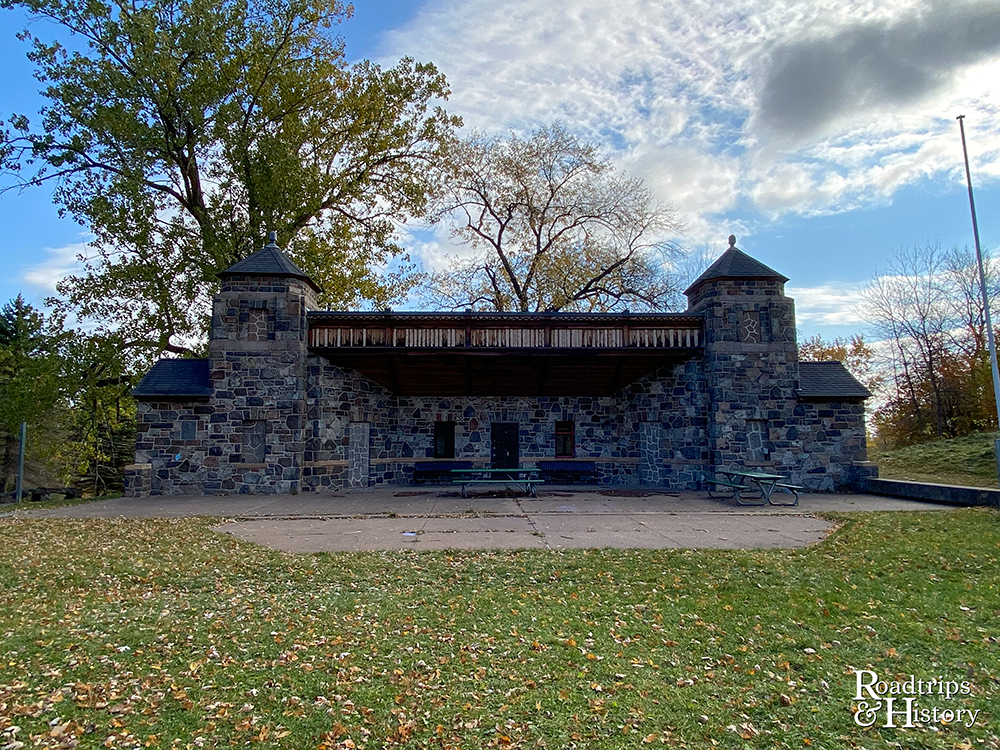
The Park Pavillion
The park’s location in the densely-populated west end and its easy access by streetcar made it a popular place to picnic. The park originally had a two-level wooden pavilion that could be rented for larger gatherings. Oddly enough, the pavilion became a serious point of contention in the neighborhood. A private citizen held the rights to rent out the pavilion, not the city. It was rented regularly for use as a dance hall. The dances were often loud and fueled by alcohol until the early-morning hours. Noise complaints were common, as were several attempts to shut down the nighttime use of the park. Finally, the pavilion was destroyed by an arson fire in 1916.
When plans to build a new pavilion in Lincoln Park began, rules surrounding its acceptable uses and designated park hours were put into place first. A stone pavilion, sometimes called the bandstand, was built in 1934 with funds and labor from early government relief programs. The beautifully rustic stone structure is reminiscent of a bandshell with stone columns on each side of a recessed area. Concerts, plays, political speeches, and more were often held there.
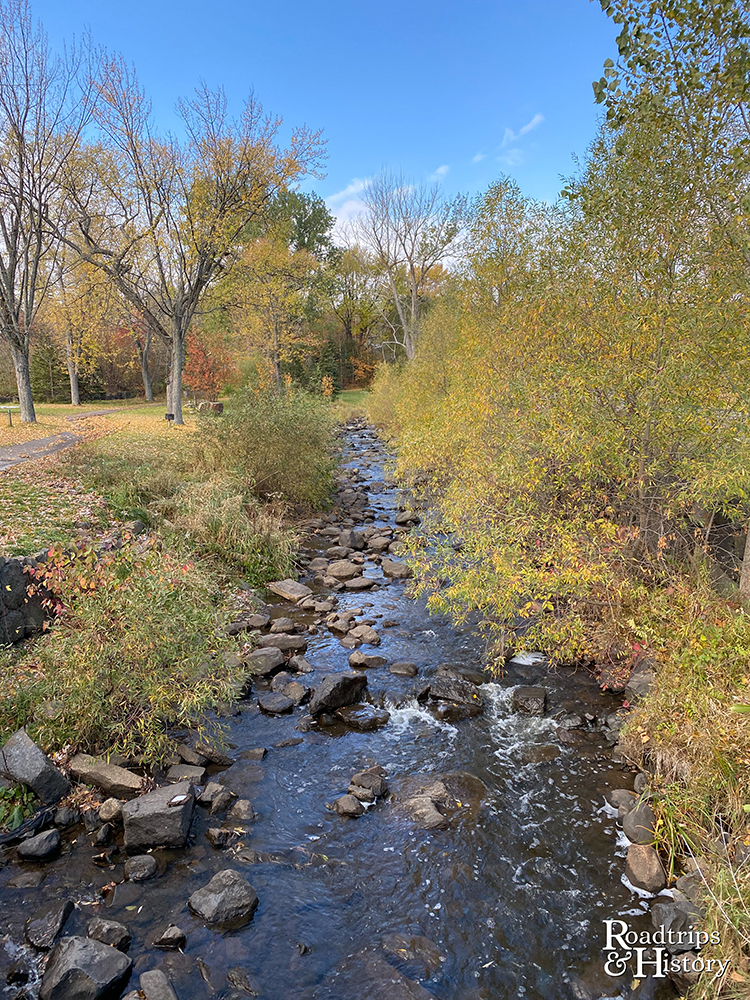
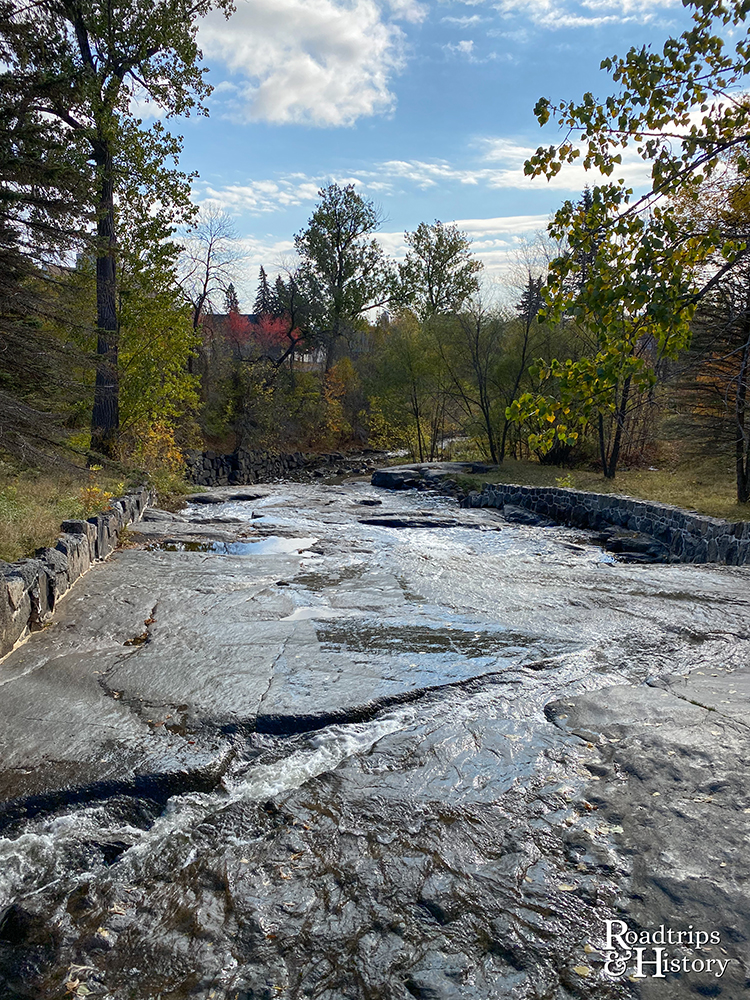
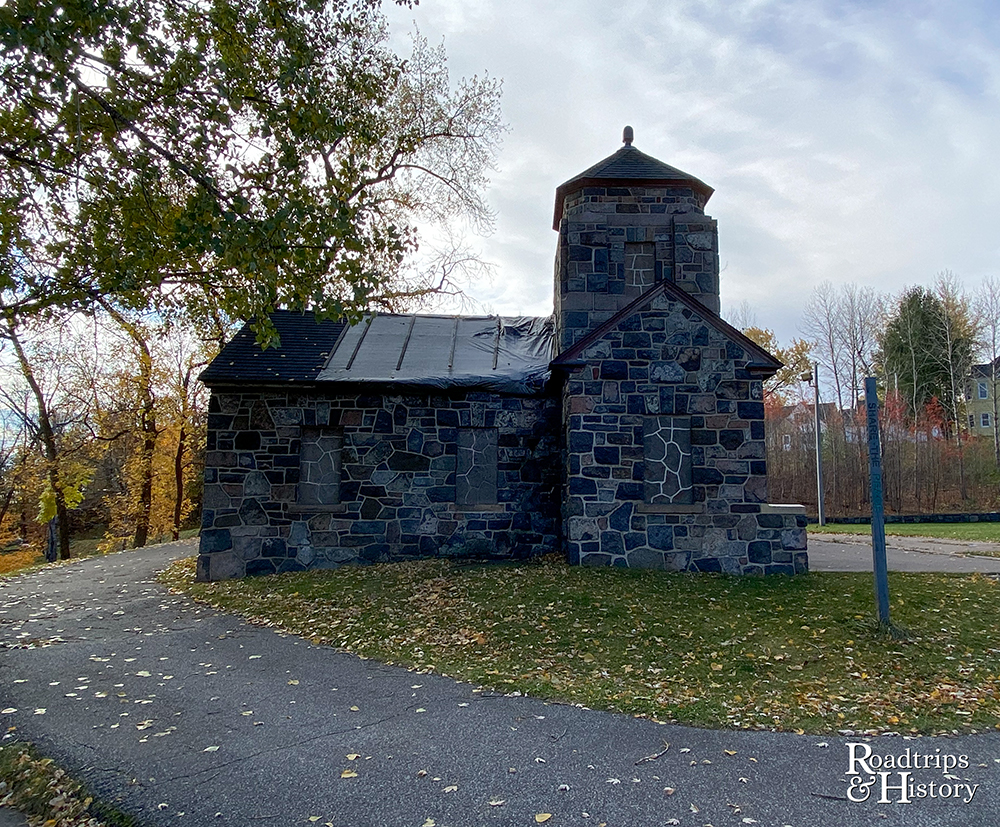
Plans For The Future
As the city and neighborhood changed in the middle of the century, the park became neglected. It wasn’t until much-needed restoration work began in the late 1990s and 2000s that people started returning to the park. The pavilion was restored in 2002 when it got a new roof, windows, and doors. It was finally a bright spot in the park again and was central to many events. A flood in 2012 caused damage to the pavilion, followed by arson fires in 2014 and 2018 that severely damaged the building.
After several years of back and forth, it looks like the plan to reinvigorate the park and restore the park pavilion is finally moving forward. Hopefully, the city and the SHPO will ensure that the historical elements of the park can be retained while breathing new life into the park.
